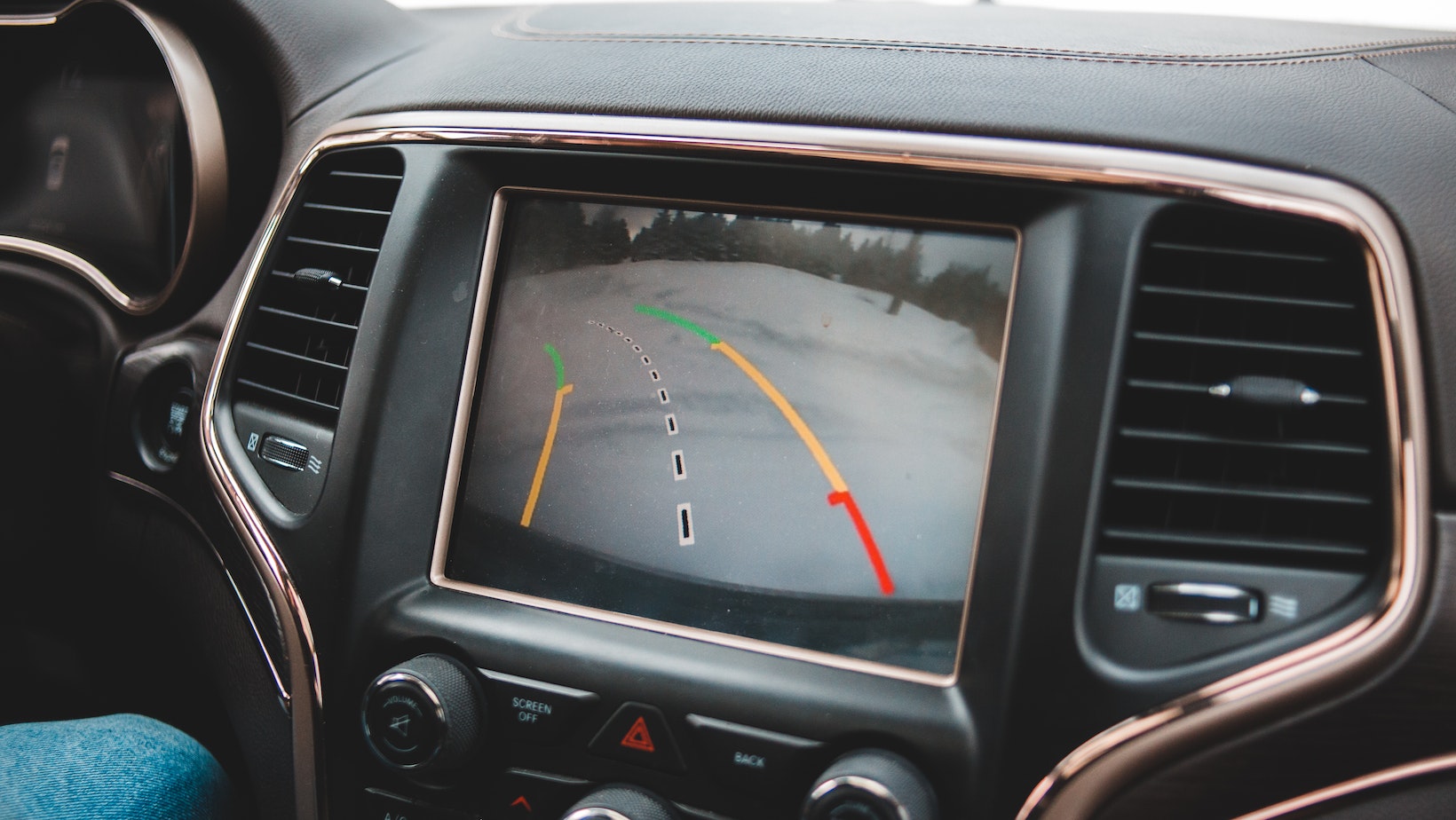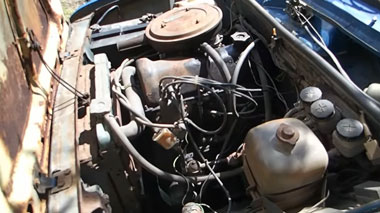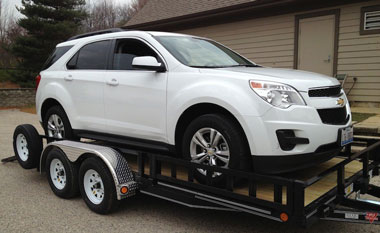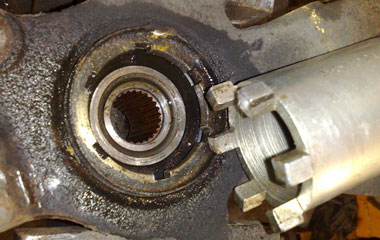
A mass air flow sensor, or MAF, measures the amount of air flowing into the engine. The transmission relies on this information to shift gears properly. If the MAF is not working correctly, it can cause transmission problems.
The most common symptom of a bad MAF is a check engine light. Other symptoms include poor fuel economy and hesitation when accelerating. If you suspect your MAF is causing problems, have it checked by a professional as soon as possible.
A mass air flow sensor (MAF) is an important component in a vehicle’s engine management system. The MAF sensor measures the amount of air flowing into the engine and sends this information to the engine control unit (ECU). The ECU then uses this information to adjust the fuel mixture going into the engine.
If the MAF sensor is not working properly, it can cause a number of problems, including transmission problems. That’s because if the ECU doesn’t know how much air is coming into the engine, it can’t adjust the fuel mixture properly. This can lead to all sorts of issues, including transmission problems.
There are a number of symptoms that can indicate a problem with the MAF sensor, such as stalling, hesitating, or jerking when accelerating. If you notice any of these symptoms, it’s important to have your vehicle checked out by a qualified mechanic as soon as possible. They will be able to diagnose the problem and make any necessary repairs.

What is a Mass Air Flow Sensor
A mass air flow sensor is a device that measures the amount of air flowing into an internal combustion engine. The mass air flow sensor is located between the air filter and the throttle body. The sensor measures the amount of air passing through the throttle body and sends a signal to the engine computer, which then adjusts the fuel-injection system accordingly.
What Does a Mass Air Flow Sensor Do
A mass air flow sensor is a device that measures the amount of airflow into an engine. The airflow is typically measured in grams per second. The sensor typically consists of a hot wire or hot film element and a reference electrode, which are used to measure the electrical resistance of the air flowing past the element.
The sensor output is then used by the engine control unit to calculate the appropriate air/fuel mixture for the engine operating conditions.

How Can a Bad Mass Air Flow Sensor Cause Transmission Problems
A bad mass air flow sensor can cause transmission problems in a number of ways. The most common way is by causing the engine to run lean, which can lead to transmission slippage and eventually failure. Additionally, a bad mass air flow sensor can cause the engine to misfire, which can also cause transmission problems.
Finally, a bad mass air flow sensor can cause the vehicle to stall, which can also lead to transmission problems.
Mass Air Flow failure and what kind of damage it can cause…
Conclusion
A mass air flow sensor (MAF) is responsible for measuring the amount of air flowing into a vehicle’s engine. If the MAF sensor is not working properly, it can cause transmission problems.
The MAF sensor measures the amount of airflow going into the engine.
If the sensor is not working properly, it can cause transmission problems. The MAF sensor tells the engine computer how much air is coming in so that the computer can adjust the fuel mixture accordingly. If there is too much or too little air coming in, it will affect how well the engine runs and can cause transmission problems.
Bad mass air flow sensors are a common cause of transmission problems. If you are having transmission problems, it is worth checking your MAF sensor to see if it is working properly.




